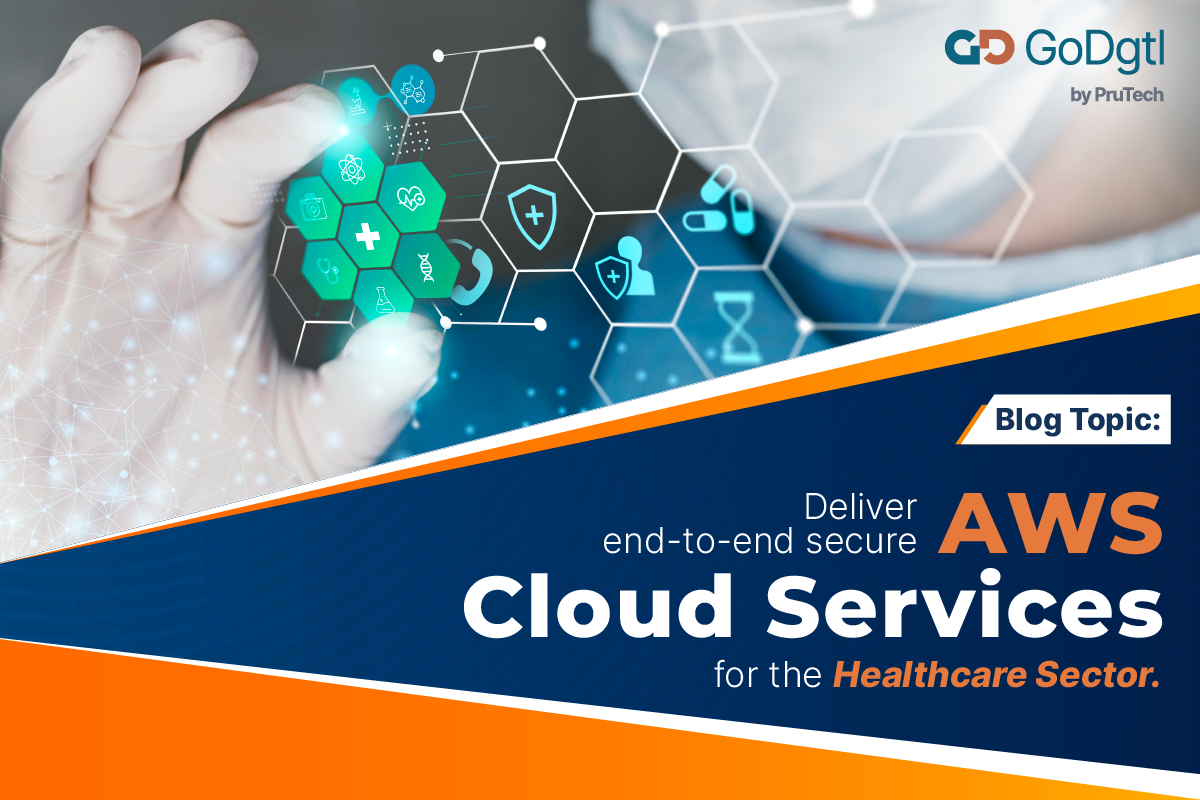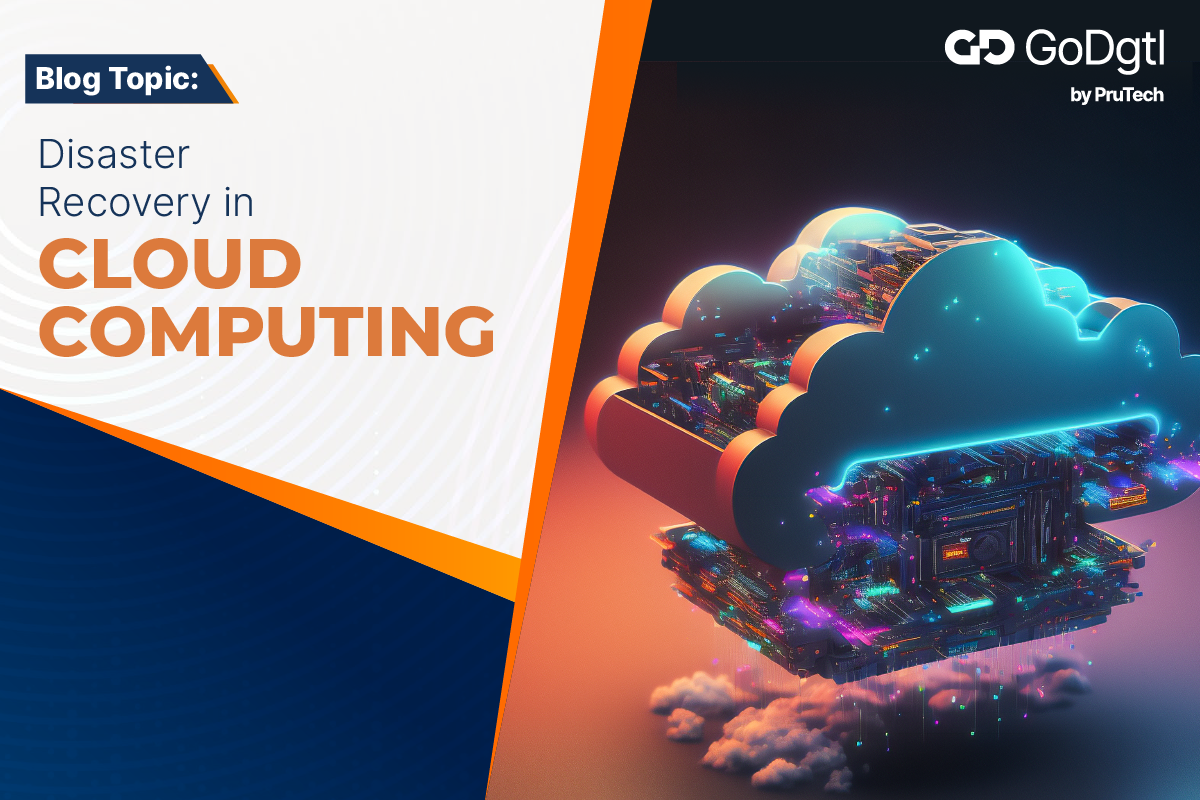Healthcare organizations need to implement innovative solutions to provide patient-centered care. They need to focus on unlocking the potential of data while maintaining the security and privacy of health information.
AWS offers a comprehensive range of cloud services and purpose-built partner solutions that enable healthcare organizations to enhance patient outcomes and expedite the digitization and utilization of their data. Delivering end-to-end secure AWS cloud services for the healthcare sector involves implementing a comprehensive security strategy that covers all aspects of data protection, compliance, and risk management.
Steps to achieve robust security through AWS in healthcare sector
- Assess Your Security and Compliance Needs: To start, you need to evaluate your security and compliance requirements to ensure that your cloud infrastructure meets regulatory and compliance standards such as HIPAA, HITRUST, and GDPR. This involves understanding what types of data you will be handling, how it will be stored, processed, and accessed, and what types of controls are necessary to protect it.
- Implement Access Controls: AWS provides a range of tools and services to help you implement access controls for your cloud infrastructure. Amazon Identity and Access Management (IAM) is used to create and manage user accounts, roles, and policies to control who can access your AWS resources. AWS Organization services are used to manage multiple AWS accounts and apply security policies across all of them.
- Encrypt Data: One of the most critical aspects of securing healthcare data is encryption. AWS provides a range of encryption services to help you protect data at rest and in transit. For example, you can use Amazon S3 server-side encryption to encrypt data stored in S3 buckets. You can also use AWS Key Management Service (KMS) to manage encryption keys and encrypt data in other AWS services like EBS and RDS.
- Implement Network Security: AWS provides a range of network security features to help you protect your cloud infrastructure from attacks. For example, you can use Amazon Virtual Private Cloud (VPC) to create a private network in the cloud and control traffic flow to and from your resources. You can also use AWS WAF to protect your web applications from common attacks like SQL injection and cross-site scripting.
- Implement Monitoring and Logging: AWS provides a range of tools and services to help you monitor and log activity in your cloud infrastructure. For example, you can use AWS CloudTrail to log all API activity across your AWS accounts and services. You can also use AWS CloudWatch to monitor your resources and receive alerts when certain conditions are met.
- Implement Disaster Recovery: Finally, it is essential to implement disaster recovery strategies to ensure that your healthcare data remains available in the event of an outage or disaster. AWS provides a range of disaster recovery services like AWS Backup and AWS Storage Gateway to help you implement backup and restore strategies for your data and applications.
Conclusion
By following these steps and leveraging the security and compliance features of AWS, you can deliver end-to-end secure cloud services for the healthcare sector. However, it is crucial to work with security and compliance experts to ensure that your cloud infrastructure meets all regulatory and compliance requirements.
GoDgtl by Prutech provides cutting-edge AWS cloud services for the healthcare sector. Our team consists of cloud professionals with extensive knowledge of the most advanced cloud security features. With our expertise, we have assisted numerous organizations in transitioning their services to the cloud while ensuring the complete security and privacy of their valuable data.
We are committed to providing exceptional cloud services that enable healthcare organizations to streamline their operations, reduce costs, and improve patient outcomes. We offer tailored solutions that cater to your unique requirements and help you deliver quality services.
Contact us today to learn more about our services and how we can help your business thrive in the cloud era. Contact 24/7 – GoDgtl (go-dgtl.in).


